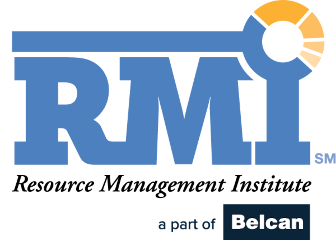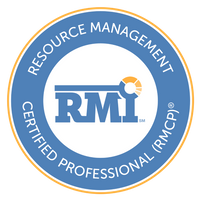Resource managers need detailed insights into their team’s performance to make smart, effective decisions, but there are countless potential metrics for a manager to track. While resource management solutions today can track any and all metrics that a manager wants, some of these metrics are more critical to management than others.
The following 15 metrics can provide resource managers with crucial insights for greater levels of success at their organization.
1. Resource Capacity Utilization – This metric will help a resource manager better see how many work hours for a resource are occupied by projects or tasks. This insight will help improve billable utilization to maximize each team member’s efficiency within the organization.
2. Turnover Rate – How often do employees leave your company and how long on average do employees stay in their positions? Understanding turnover, anticipating the need for more employees, and making efforts to improve turnover rates if they are low keep teams strong.
3. Return on Investment (ROI) – A project’s ROI will reveal how profitable it truly was by comparing its costs to a company with its total profits by measuring actual cost and earned value. This insight will show if the benefits outweigh the costs for informed decision making in future similar projects.
4. Time to Hire – How long does it take to find the right resource for an open position? Average out hiring time, look for differences in departments, and find what may be slowing down the hiring process for faster hiring that still results in the right fit for each position.
5. Ramp Speed – How long does it take for a new employee to reach their desired utilization rate? Understanding this timeline and working to improve it through training will help new resources become a valuable asset to the team in less time than ever.
6. Cost of Managing Processes – How much does it truly cost a manager to run daily resource management processes? Getting an overview of the amount of time and resources used solely on supervising and managing a project can reveal where improvements, such as using a more effective resource management solution, can be made.
7. Planned Value – This metric, also known as Budgeted Cost of Work Scheduled (BCWS), measures the estimated cost of planned activities at any given time. While this is not the actual value, this is critical for project managers keeping tasks on track, which is calculated by planned percentage complete multiplied by budget.
8. Revenue Per Employee – This metric will show the efficiency of your organization as a whole and can help managers understand the quality of their team. Determine expected revenue generated by each employee, then align these with actual revenue for insight into profit margins.
9. Average Performance Rating – This is calculated by dividing the sum total of all performance ratings by the number of employees and then multiplying by 100. This metric lets resource managers know if performance management programs are working effectively and if teams are falling behind.
10. Employee Engagement – This is the degree to which resources are engaged with and committed to the organization’s objectives and will show how well team members both understand, and are actively working toward, the company’s overall success.
11. Resource Cost Variance – Cost variance will help a resource manager know if projects are on, under, or over budget and can be calculated by subtracting actual cost from earned value. This will give a snapshot project status and its impact on margins.
12. Planned Time vs Used Time – Comparing the estimated timeline of a project against the actual amount of time that was needed to complete it helps resource managers become more accurate in their forecasting, and as a result, prevent team members from becoming overburdened by tasks.
13. Resource Effort Variance – Review the difference between forecasted hours and the amount of actual hours worked, either per resource or across the company. This metric will help resource managers better understand the true amount of time needed per task, trends across teams, and where additional training may be needed.
14. Gross Profit Margin – This metric measures the profitability of each project by taking revenue subtracted by cost of goods sold (COGS) divided by revenue, with the result multiplied by 100. This margin will help a business understand the most and least profitable projects and resources to make calculated improvements for improved profits.
15. Percentage of Projects Completed on Time – Resource managers that typically handle multiple projects at once can use this metric to stay aware of on-time completion versus projects that do not hit deadlines. In the event that too few projects are completed on time, managers can work toward restructuring and process improvements that help hit deadlines more effectively.
Understanding critical metrics is just the first step to success in resource management. It also takes the right strategy. By understanding which of these metrics are and are not being tracked, and expanding the metrics you are tracking as soon as possible, your organization can cultivate insights that drive critical improvements in any type of business.

Ryan Montano
Ryan Montano is a technology professional with a passion for Product Management, Product Marketing, and Product Development. His areas of focus include B2B SaaS, Project Management, Analytics, Machine Learning, Artificial Intelligence, UI/UX design, and Startup Ventures. Ryan has spent nearly a decade in product development working closely with R&D and marketing teams on long-term strategic planning. This has allowed him to help shape countless key technology features and requirements that capture the essence of product value for clients.




